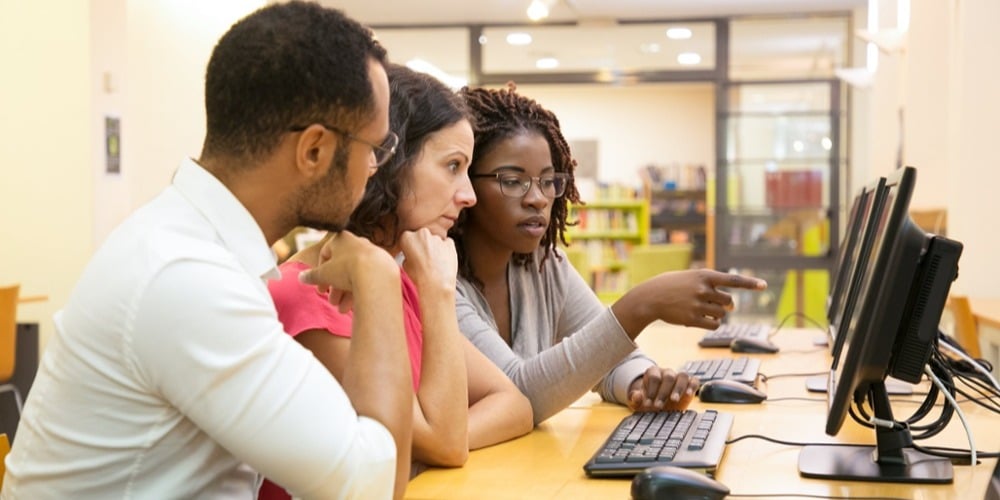
UnboundEd works with educators at every level of the system to provide grade-level, engaging, affirming, and meaningful — GLEAM — instruction. This blog series, comprised of three posts, delves into GLEAM instruction and how it can create more effective learning experiences for all students.
In the first blog, we shared how our GLEAM focus is not a list of technical skills or attributes. GLEAM instruction happens when educator mindsets, planning practices, and classroom actions intertwine to meet the needs of every student. This post explores how teacher mindsets and planning inform day-to-day classroom actions and decisions.
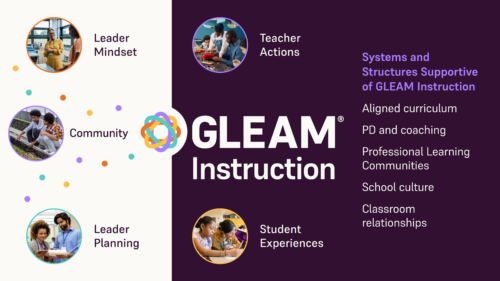
Mindsets Matter
Before we can envision what it looks like for classroom instruction to exemplify GLEAM instruction or consider whether or not it is possible, we must ask ourselves, “Do we believe in the students in front of us?” If we do not believe that our students can engage with complex tasks or texts, the contents of our curriculum, rubric, and strategies toolbox are insignificant. Evidence has long pointed out that educator partiality exists and impacts student achievement. To bring GLEAM instruction to life in the classroom, we must begin by examining and reflecting on our beliefs about our students.
GLEAM instruction goes beyond simply acknowledging grade-level expectations. It incorporates students’ funds of knowledge, recognizing and building upon their unique backgrounds and experiences. Fostering a classroom community that embraces students’ full selves is paramount to delivering GLEAM instruction. We must honor and acknowledge students’ backgrounds and past and present experiences with grade-level work. Cognitive science has long told us that new learning must be tied to students’ preconceptions and schema. The more we know about what students bring with them to the classroom, the more effective we can be as educators.
Planning Produces Progress
Our belief systems, personal learning about our students, and instructional planning are all interconnected.
Instructional planning should be grounded in a high-quality, standards-aligned curriculum. By utilizing high-quality curricula that are well-aligned with college and career readiness standards, educators can develop a clear and consistent structure for teaching and learning, ensuring that all students access essential content and skills. While standards-aligned activities benefit student learning, many assignments do not provide opportunities for students to engage in grade-level learning. The key, then, is planning in ways that welcome students’ full selves, affirm their academic identities, and engage them authentically with grade-level texts and tasks.
To plan for GLEAM instruction, consider these (and other) questions while utilizing aligned curricular materials:
- What do my students already know about this topic?
How can I create opportunities for students to bring their life experiences, backgrounds, funds of knowledge, and prior learning to the lesson?
- What is happening in my students’ lives right now?
How can I draw on my students’ interests and concerns within this grade-level lesson?
- What are the explicit or implicit messages about my students within this lesson?
How can I make space for perspectives not included in the curriculum and affirm my students as humans and scholars within this lesson?
- What is my role as a teacher in this lesson?
How can I show up as an educator during this lesson to build a community of learners?
When we attend to questions like these, our planning might lead us to adapt aligned materials in various ways. In service of GLEAM instruction, we may do things like:
- Rewrite a geometry problem to involve local events, like the consideration of a new building in the school community
- Pose a question about which perspectives are included or excluded in the text students are reading and why
- Consider how you can use classroom texts and tasks to analyze and illuminate issues in the world around us
- Design and implement surveys to uncover student interests, experiences, and prior knowledge
- Plan for students to make conjectures at the beginning of the lesson to surface their preconceptions about a topic
- Differentiate instruction to ensure all students have meaningful entry points to grade-level experiences
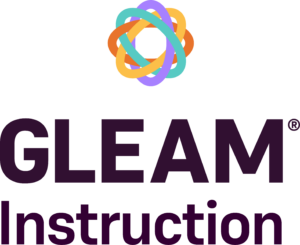
Tying it All Together
To provide GLEAM instruction, we must do reflective work to understand our students and the world around them. This work requires interrogating and adapting instructional materials and, notably, adaptive mindset shifts. When our mindsets and planning work together, we expand the possibilities of GLEAM instruction for our students. In the next blog, we delve into the teacher actions and student experiences that emerge when teachers prioritize mindsets and planning that cultivate engaging, affirming, and meaningful instruction.
Read the blog series

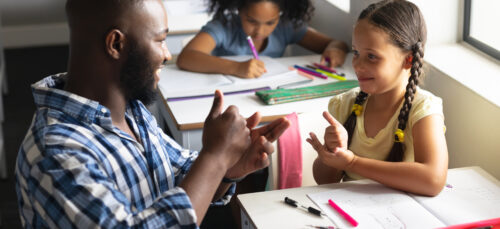
GLEAM® Instruction in the Classroom
Next steps with GLEAM®
Choose the path that fits your team
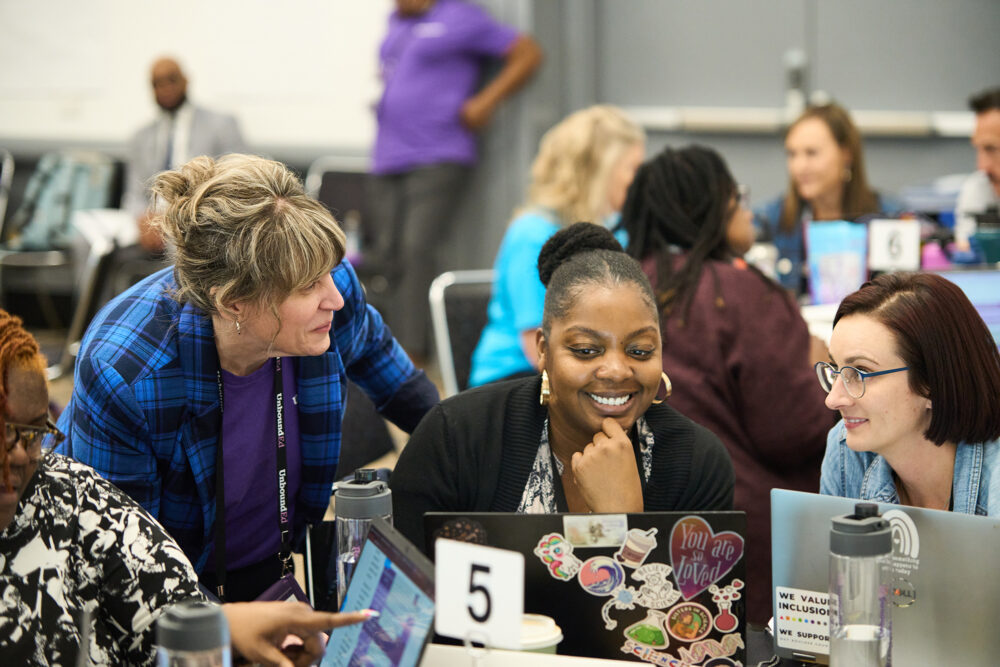
Standards Institute™
At Standards Institute, educators cultivate the mindsets, skill sets, and tools to provide grade-level, engaging, affirming, and meaningful instruction.
Learn More ➜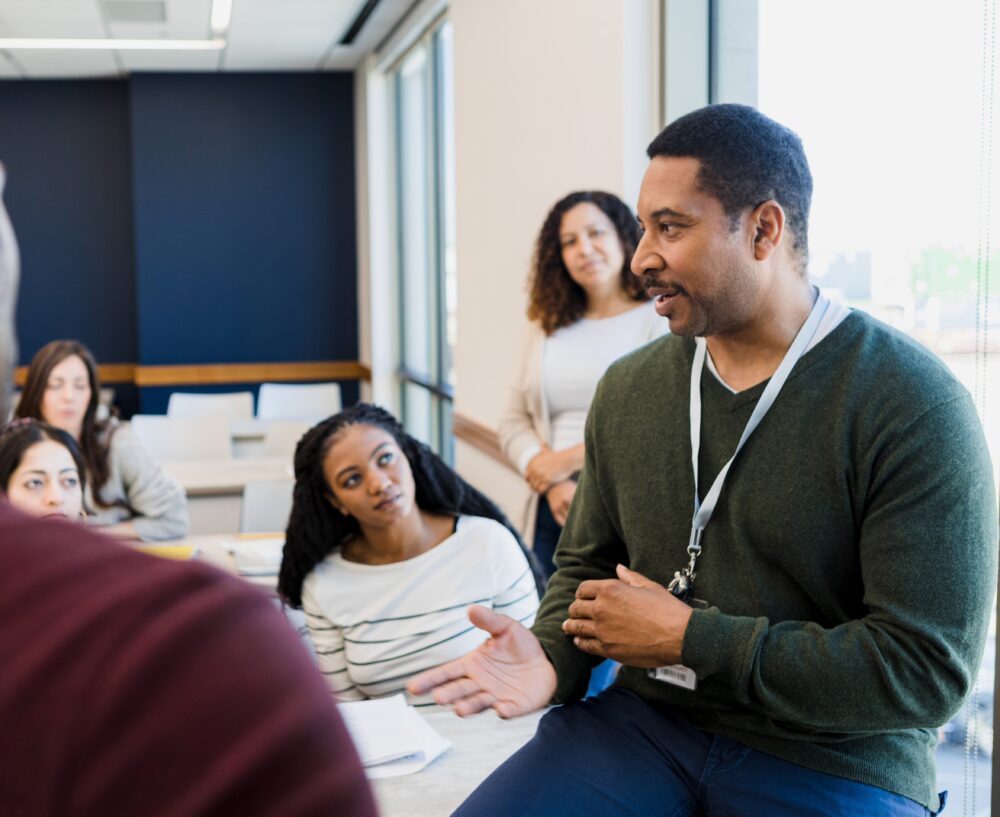
UnboundEd Summits
Accelerate your instructional vision and build educators’ skills and expertise with a virtual or on-site Local Summit.
Learn More ➜

In-Service Workshops
UnboundEd’s dynamic, hands-on workshops build educator capacity by focusing on timeless, cross-disciplinary instructional moves that drive effective instruction, rigor, and student empowerment.
Learn More ➜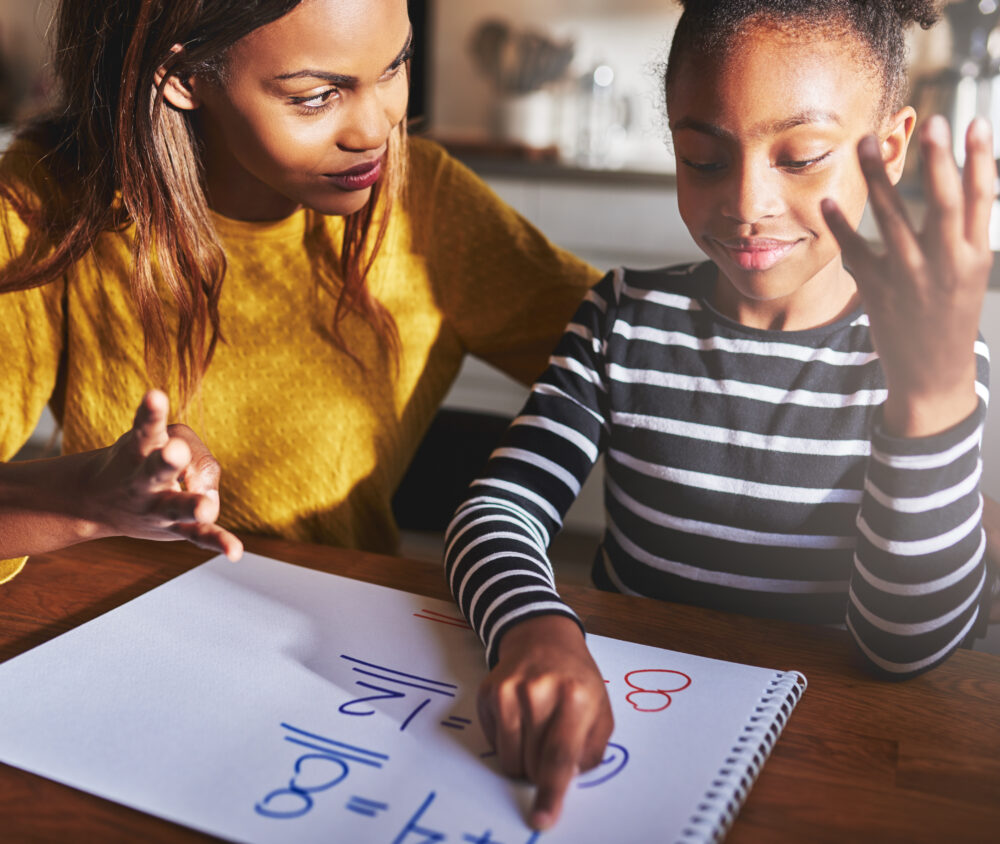
Online Math Academy
UnboundEd’s Online Math Academy courses enrich educators’ content knowledge and instructional practices to unlock all students’ math potential.
Learn More ➜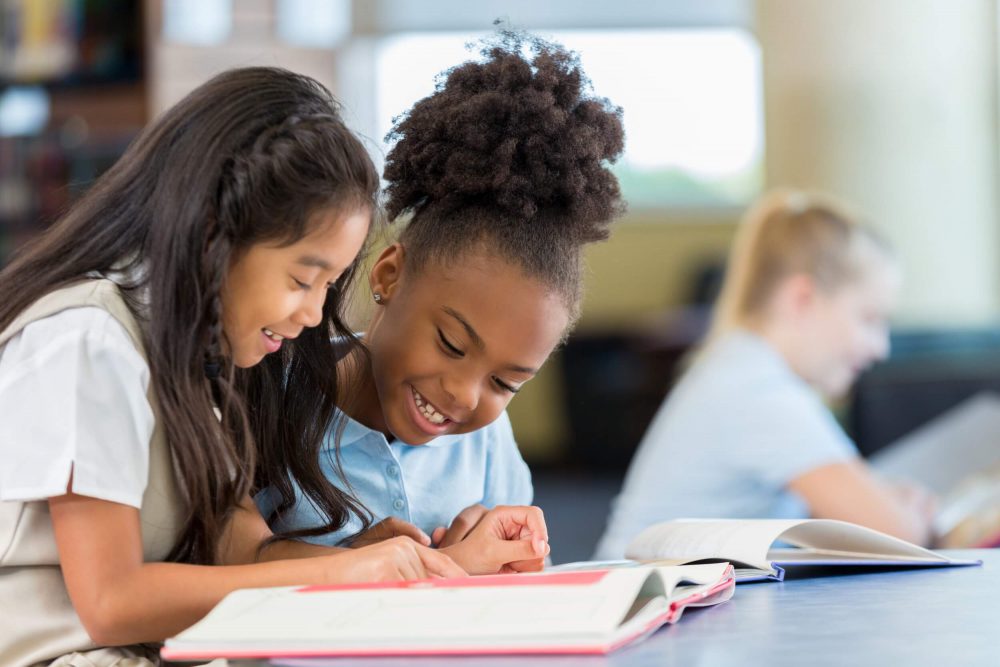
Curriculum Adoption
Ensuring quality materials are adopted and used effectively is crucial to improving outcomes and requires a strong instructional materials selection process. We’re here to share guidance and support on leading a rigorous and collaborative curriculum adoption process to select the right materials for your context and goals.
Learn More ➜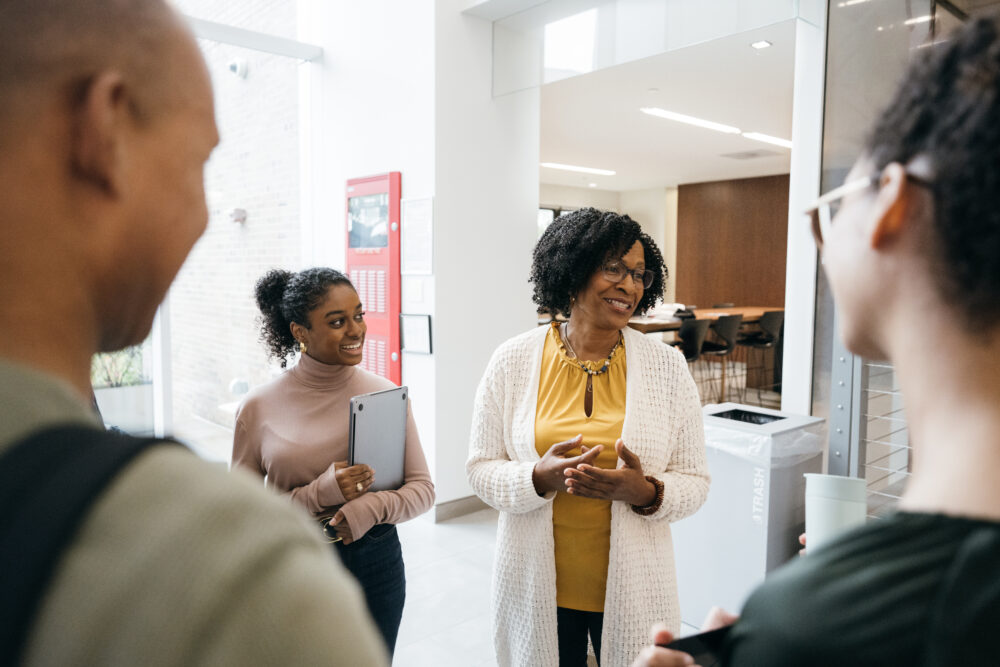
Curriculum Implementation
Just getting started, or need to get back on track? We work with you on a shared vision and an actionable plan for curriculum success.
Learn More ➜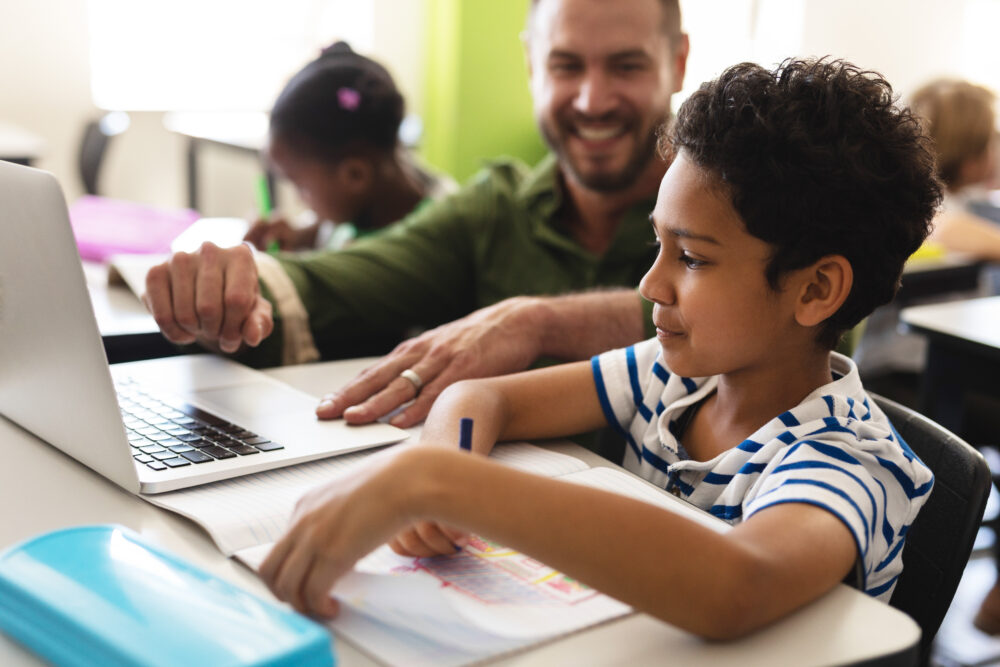
Literacy ReclaimEd
Improve literacy instruction and better meet the unique needs of every student.
Learn More ➜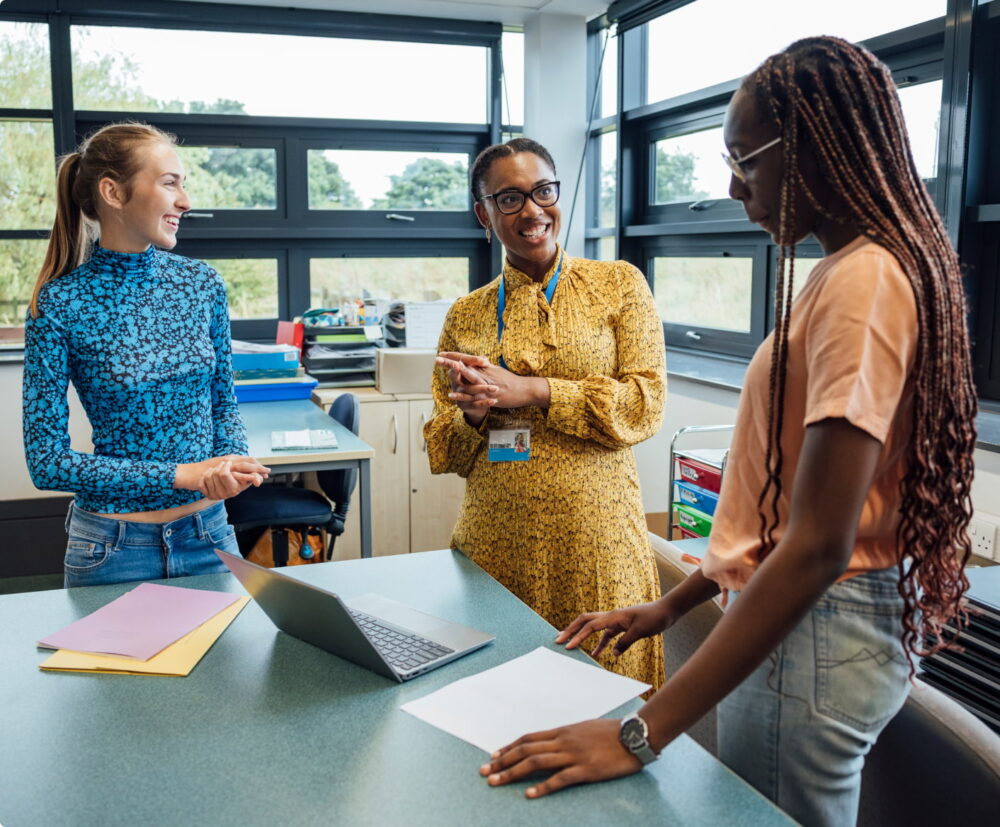
GLEAM® Inventory
Build your team’s understanding of grade-level, engaging, affirming, and meaningful –GLEAM®– instruction and transform how you serve all students in your district.
Learn More ➜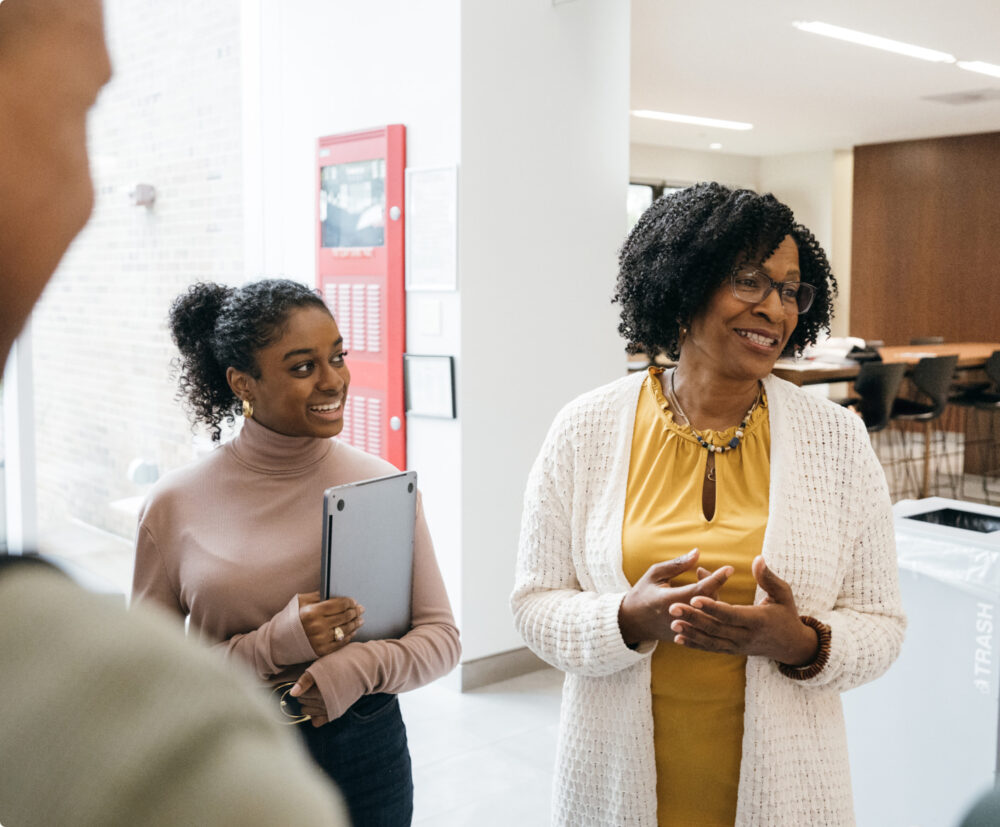
Speaking Engagements
Our experts offer inspiring, thought-provoking messages and conversations that will get your team thinking creatively about shifting mindsets and changing practice.
Learn More ➜
California Math Curriculum Adoption and Launch Cohort
Prepare to adopt and launch high-quality mathematics instructional materials with no-cost, grant-funded support from UnboundEd.
Learn More ➜